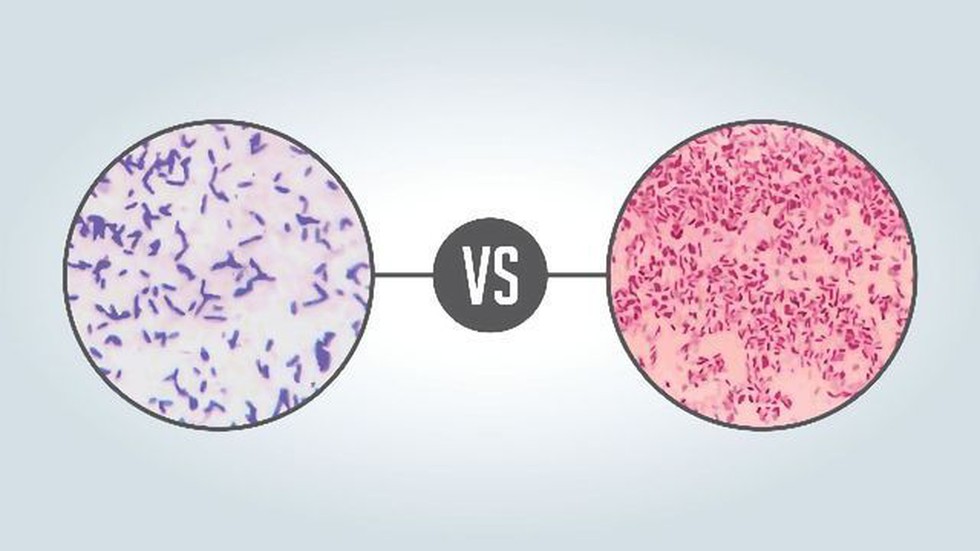About:
- Recently, a multi-centre survey carried out by the ICMR to spot the trend in antibiotic resistance across the country showed Acinetobacter baumannii, a gram-negative bacteria known to cause infection in the blood, urinary tract and lungs among others, was resistant to high-end antibiotics.
- Antimicrobial Resistance: It occurs when bacteria, viruses, fungi and parasites change over time and no longer respond to medicines, making infections harder to treat and increasing the risk of disease spread.
- The survey found 5% samples of Acinetobacter baumannii tested in 2021 were resistant to carbapenems, a high-end antibiotic.
What is Gram-negative bacteria?
- Gram-negative bacteria are classified by the color they turn after a chemical process called Gram staining is used on them.
- Gram-negative bacteria stain red when this process is used.
- Gram-positive bacteria stain blue.
- Gram-negative bacteria are enclosed in a protective capsule. This capsule helps prevent white blood cells (which fight infection) from ingesting the bacteria. Under the capsule, gram-negative bacteria have an outer membrane that protects them against certain antibiotics, such as penicillin.
- When disrupted, this membrane releases toxic substances called endotoxins. Endotoxins contribute to the severity of symptoms during infections with gram-negative bacteria.
- Gram-negative bacteria cause infections including pneumonia, bloodstream infections, wound or surgical site infections, and meningitis in healthcare settings.
